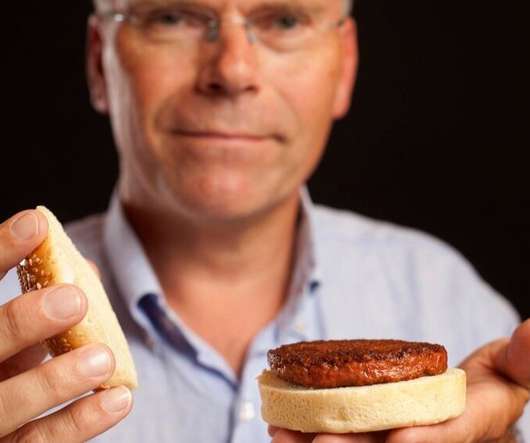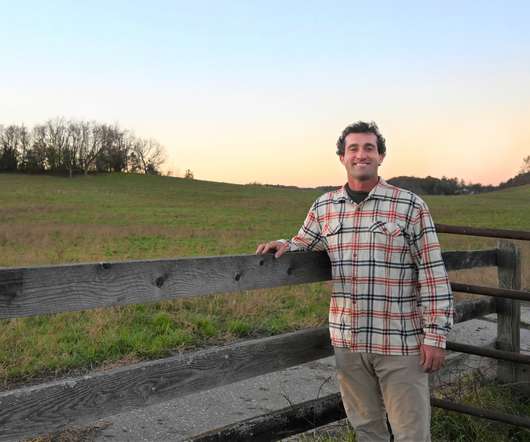How Modern Poultry Farming Practices Contribute to a Sustainable Environment
The Environmental Blog
AUGUST 24, 2023
On the other hand, climate-controlled environments enhance the well-being of the birds and reduce energy usage by optimizing temperature, humidity, and ventilation. Energy Consumption Modern poultry farms have taken substantial strides in energy conservation. Poultry farms are also using renewable energy.















Let's personalize your content